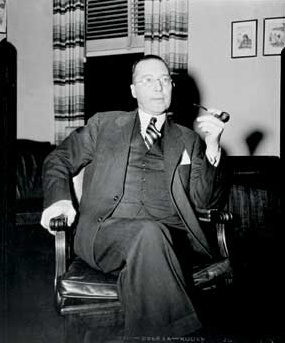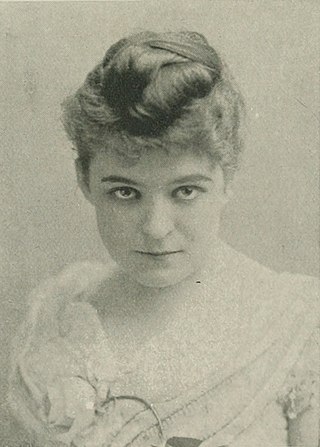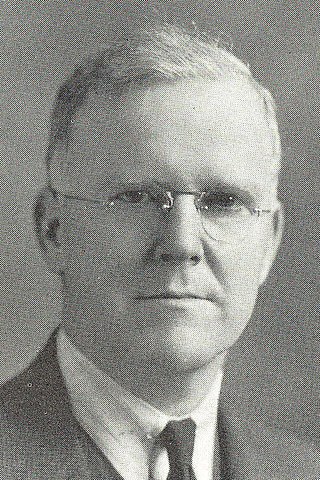Related Research Articles

John Gabbert Bowman was the tenth Chancellor (1921–1945) of the University of Pittsburgh and the ninth President (1911–1914) of the University of Iowa.

Samuel Belkin was the second President of Yeshiva University. An American Rabbi and distinguished Torah scholar, he is credited with leading Yeshiva University through a period of substantial expansion.
The President's Science Advisory Committee (PSAC) was created on November 21, 1957, by President of the United States Dwight D. Eisenhower, as a direct response to the Soviet launching of the Sputnik 1 and Sputnik 2 satellites. PSAC was an upgrade and move to the White House of the Science Advisory Committee (SAC) established in 1951 by President Harry S. Truman, as part of the Office of Defense Mobilization (ODM). Its purpose was to advise the president on scientific matters in general, and those related to defense issues in particular. Eisenhower appointed James R. Killian as PSAC's first director.

Carl William Ackerman was an American journalist, author and educational administrator, the first dean of the Columbia School of Journalism. In 1919, as a correspondent of the Public Ledger of Philadelphia, he published the first excerpts of an English translation of The Protocols of the Elders of Zion but changed the text so that it appeared to be a Bolshevik tract.

Frank Palmer Speare was the first president of Northeastern University, serving from 1898 to 1940. He began the evening program at the Boston YMCA that later became Northeastern. As founding president, he oversaw the launching of the university's evening law school, the now-defunct automobile school, the evening polytechnic schools, the school of commerce and finance, and the co-operative engineering school.
William Walsh Hagerty was a teacher, former NASA Adviser, and president of Drexel University.

William Taylor Burwell Williams was Dean of the College Department at Tuskegee Institute and two-time president of the National Association of Teachers in Colored Schools. He was a member of U.S. Commissions on Education in Haiti and the Virgin Islands, and a member of the U.S. War Department Committee on Education and Special Training. Williams worked as a field agent of the Slater and Jeanes Funds and the General Education Board. He taught at Hampton Institute and was a member of the editorial staff of its journal Southern Workman. In 1934, he was the recipient of the NAACP's Spingarn Medal.

Margaret Warner Morley was an American educator, biologist, and author of many children's books on nature and biology.

Barbara Sizemore was an American teacher and researcher in the field of education. In 1973, she became the first African American woman to head the public school system in a major city, when she was elected superintendent of District of Columbia Public Schools.

Sarah Elizabeth Doyle was an American educator and educational reformer, noted for her roles in founding the Rhode Island School of Design and establishing women's education at Brown University.
David B. Tyack was the Vida Jacks Professor of Education and Professor of History, Emeritus at the Stanford Graduate School of Education. Tyack is known for his wide-ranging studies and interpretations of the history of American education.
Louise Leonard McLaren born in Wellsboro, Pennsylvania, was founder of the Southern Summer School for Women Workers.

Bird Stein Gans was an American educator involved in parent education. Born in Allegheny City, Pennsylvania, she studied at Columbia University, the New School for Social Research, and New York University. She was founder and president of the Society for the Study of Child Nature from 1897 to 1938. She was a cousin to author Gertrude Stein.

Emma Sheridan Fry was an American actress, playwright, and teacher. She started her career as a stage actress and after retiring from that, she became a writer for various periodicals and wrote plays. In 1903, she established the Children's and Young People's Theatre in New York City. Also in that city, she served as director of the Children's Educational Theatre and the Educational Players, as well as teaching at the American Academy of Dramatic Arts. Fry died in 1936.

Emma Frances Grayson Merritt was an American educator. In 1897, she established the first kindergarten for black children in the United States.
Robert Lee Hess was an American scholar of African history, and the sixth President of Brooklyn College.

Nathan Bishop was an American educator and philanthropist who served as the first superintendent of schools in Providence, Rhode Island, and Boston. He later spearheaded an effort to create a college for African-American Baptists in Texas which led to the creation of Bishop College.
Irving Daniel Lorge was an American psychologist known for his work in psychometrics. His research focused on a wide variety of topics, including the measurement of giftedness, human intelligence, and readability. While working at Columbia University's Teachers College with his mentor Edward L. Thorndike, he helped develop what became known as the Lorge-Thorndike Intelligence Tests.
Mary Elizabeth Branch was an American educator and academic administrator. She was Black, and served as president of Tillotson College, a HBCU in Austin, Texas. She was the first female president for the college.

Charles Wesley Hunt (1880-1973) was an American educator and academic administrator. He served as the 3rd President of the State University of New York at Oneonta. During his tenure as president, the college transitioned from being known as Oneonta State Normal School to Oneonta State Teachers College. The Hunt Union building on the SUNY Oneonta is named in his honor, as well as some of the school-sponsored comedy events being called "Chuck's Comedy Club".
References
- ↑ "Speech by SEC Chairman:Northeastern University Commencement Address". U.S. Securities and Exchange Commission. Retrieved 13 December 2018.
- ↑ Frederik Ohles; Shirley G. Ohles; Shirley M. Ohles; John G. Ramsay (1997). Biographical Dictionary of Modern American Educators . Greenwood Publishing Group. p. 300.
- ↑ "Carl S. Ell, 93, Educator Who Led Northeastern". The New York Times. Retrieved 13 December 2018.
- ↑ Frederik Ohles; Shirley G. Ohles; Shirley M. Ohles; John G. Ramsay (1997). Biographical Dictionary of Modern American Educators . Greenwood Publishing Group. p. 193.
- ↑ Mary Elizabeth Devine; Carol Summerfield (2 December 2013). International Dictionary of University Histories. Routledge. p. 307. ISBN 9781134262175 . Retrieved 13 December 2018.
- ↑ "Choice of New President Criticized at Northeastern". The New York Times. Retrieved 13 December 2018.
- ↑ "Best-Paid College Leader Is at Northeastern U." The New York Times. Retrieved 13 December 2018.
- ↑ "High education commissioner Richard Freeland to step down". Boston Global. Retrieved 13 December 2018.
- ↑ "Presidents from 2 local colleges not named Harvard or MIT rank among the country's highest paid". Boston News. Retrieved 13 December 2018.